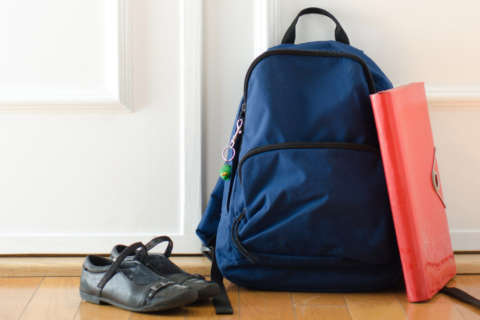
WASHINGTON — Every summer has a rhythm to it.
In June, the whole family is excited! Your kids are “free at last,” and you’ve finally earned yourself a well-deserved break from the school routine.
Then July rolls around. Prime vacation time. It’s the middle of summer and everyone is ready to get away, whether that’s to the beach, to visit family, or just for a road trip or two. Some pro-active families are keeping up with reading and maybe some practice assignments here and there, but for most, schoolwork couldn’t seem further away.
Then there’s August — the “wind-down” month. Maybe you’re getting in some last-minute vacation time, but everyone has the first day of school in the back of their minds, whether they care to admit it or not.
And although summer should be enjoyed, the problem is: if you’re not careful, August is gone, and the first day of school hits the whole family like a ton of bricks.
Your kids are:
A. Trying to scramble last minute to get their summer reading done so that they’re not left behind in class.
B. Now having to sacrifice most of their free time to do homework and study — something they haven’t done in months.
C. Waking up much earlier.
And you’re managing them through that whole process, not to mention adjusting your schedule to pack lunches, get them to school on time, and make sure they’re actually getting their assignments done.
But, there is an alternative.
Here are eight steps I recommend parents begin now so that you can slowly ease the family back into the school routine without it being such a shock to the system.
Not only will this be more comfortable for everyone involved, it’ll also set the stage for a more successful school year once the end of August finally hits. Getting off on the right foot sets a great tone for the rest of the year and leaves the whole family better off in the process.


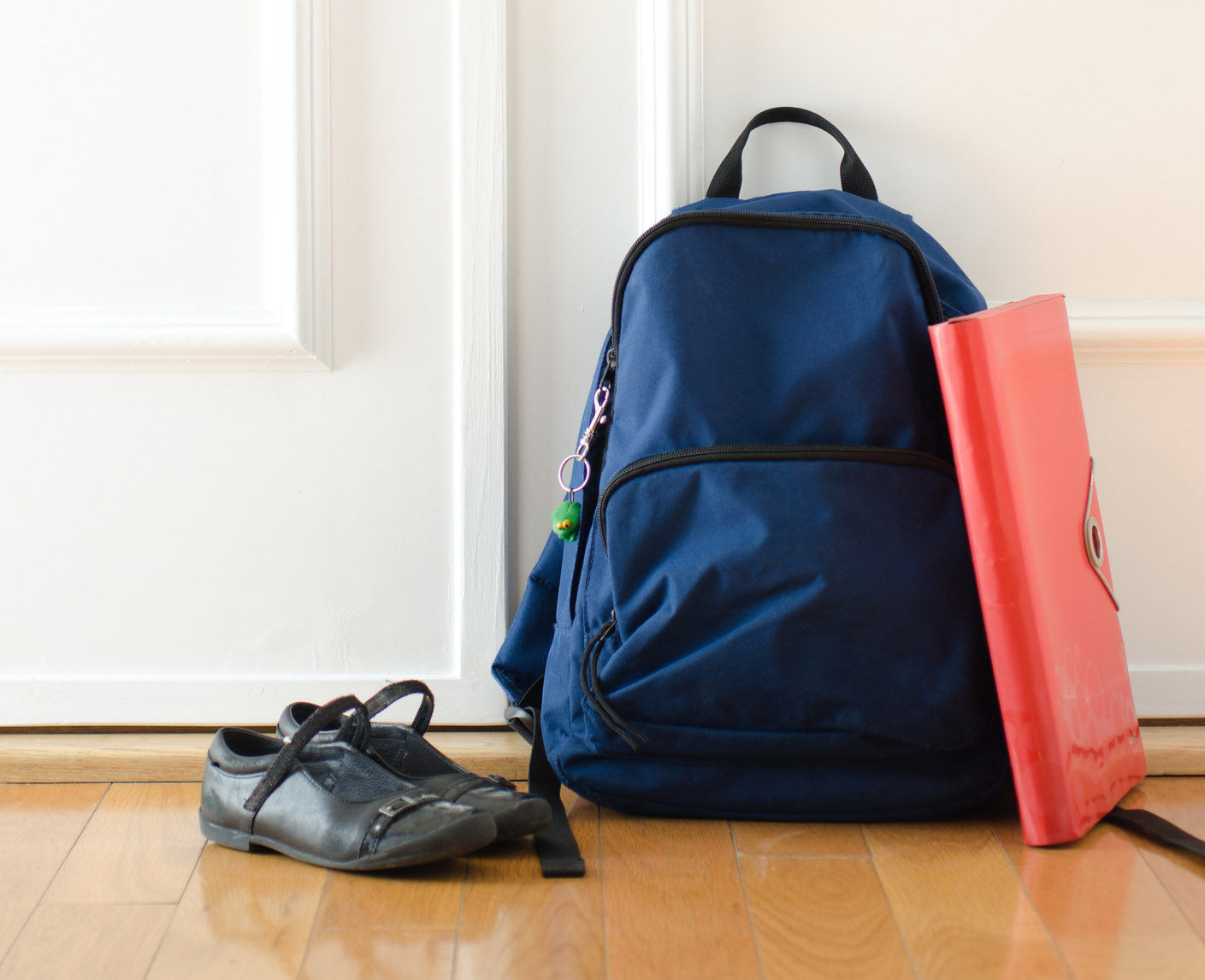
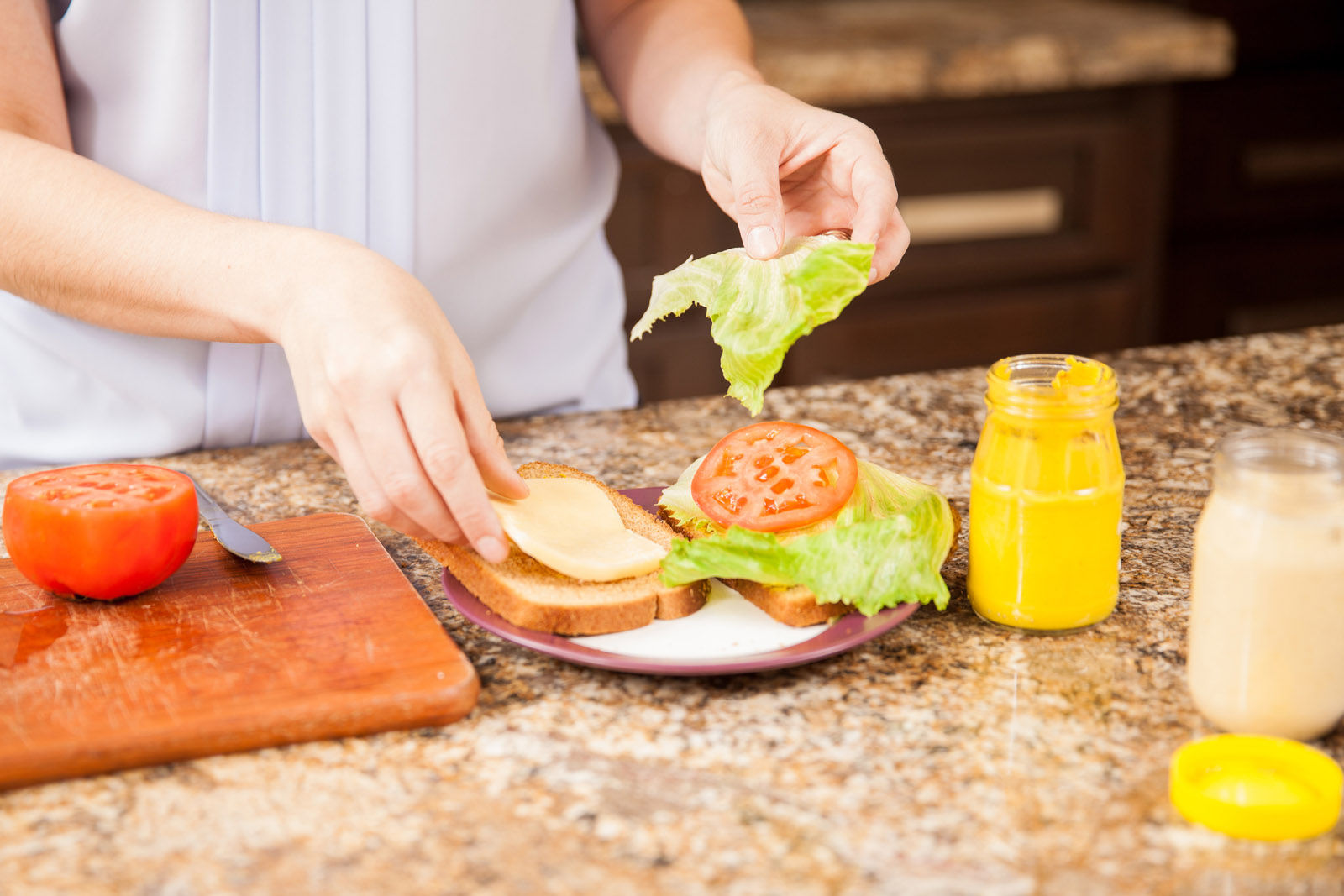
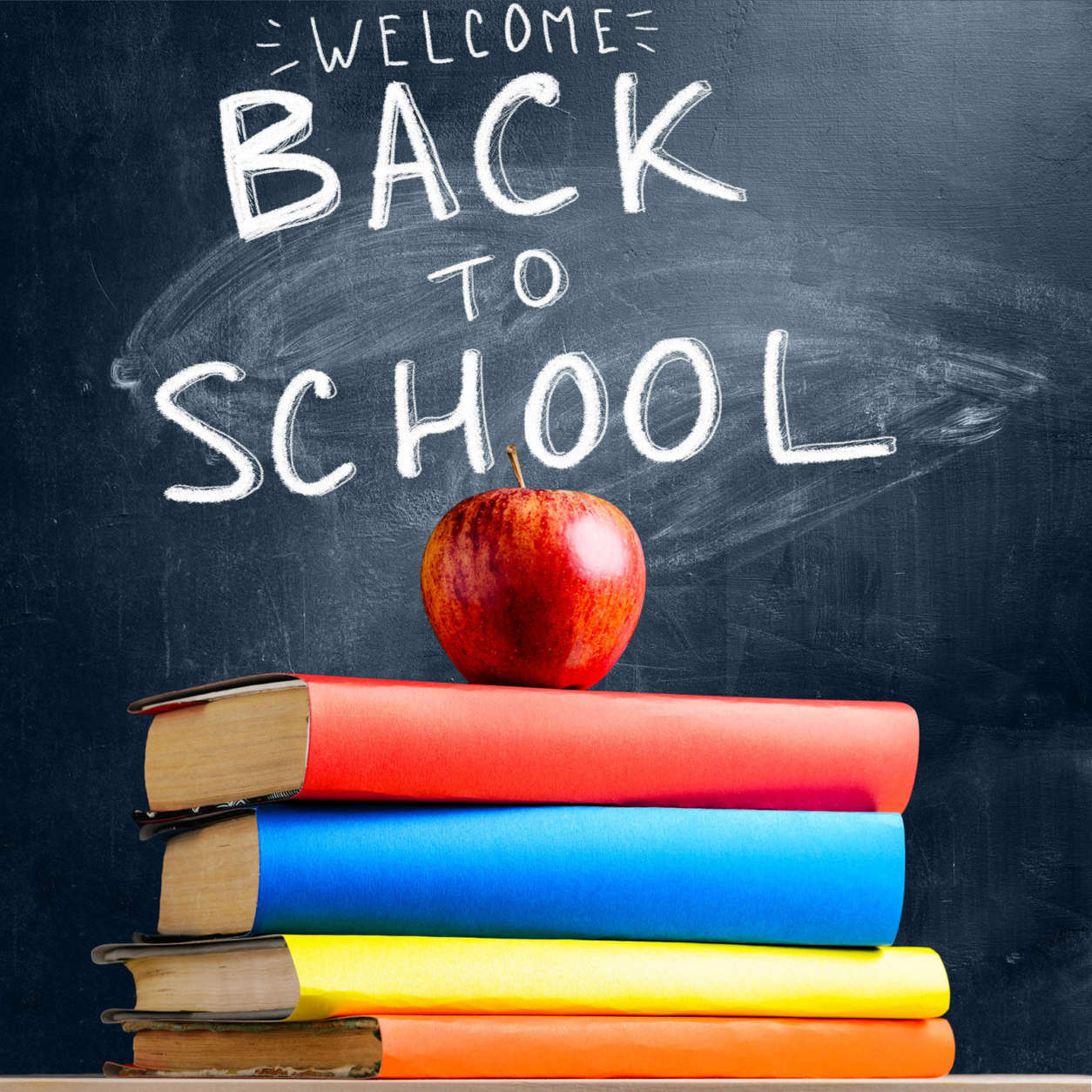
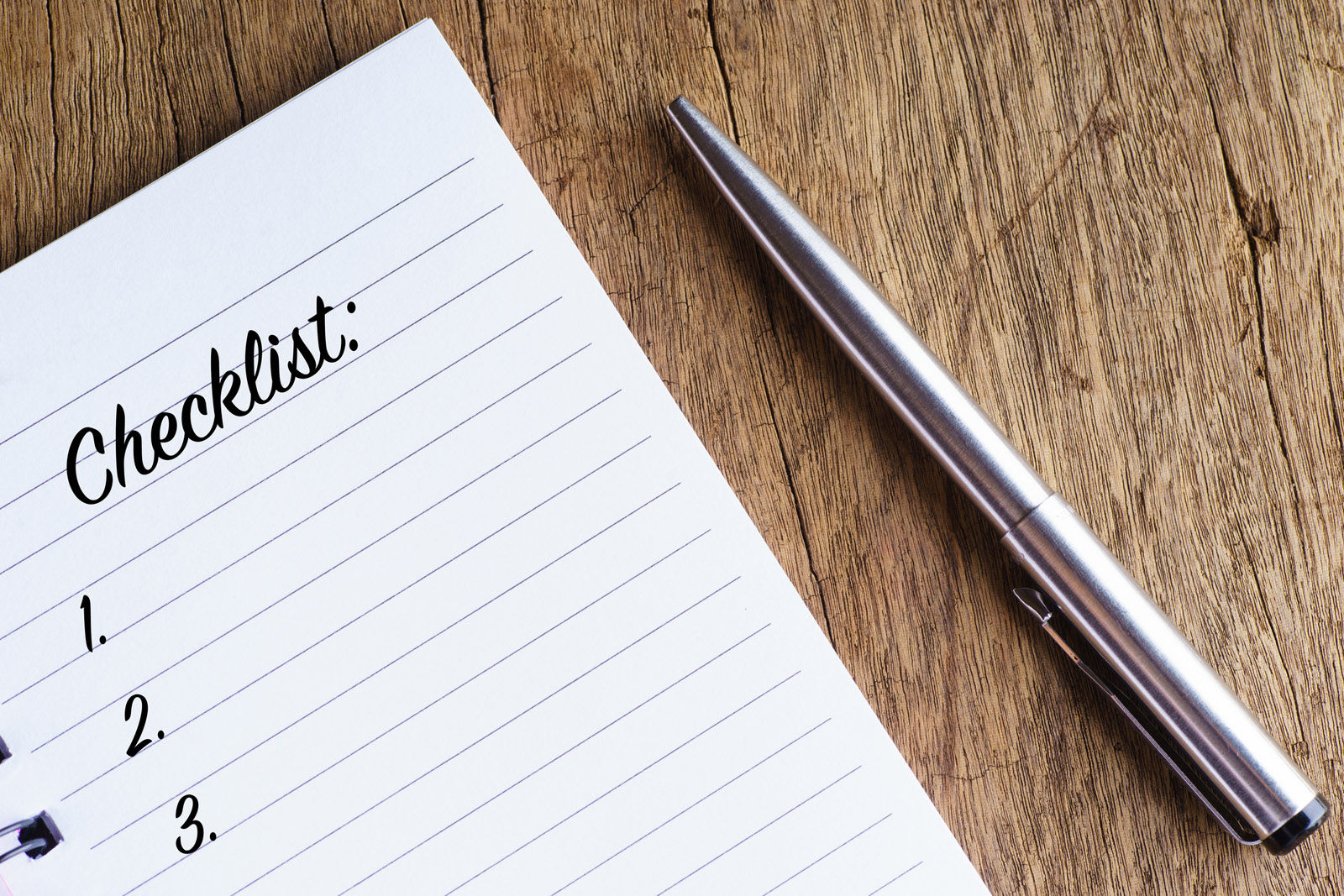




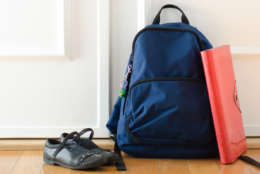

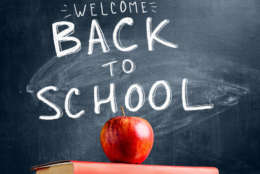


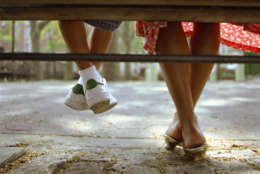
Ann Dolin is a former public school teacher and the founder and president of Educational Connections Tutoring, which helps students throughout the D.C. area. She’s the author of the award-winning books “Homework Made Simple” and “A Parent’s Guide to Private Schools.”






